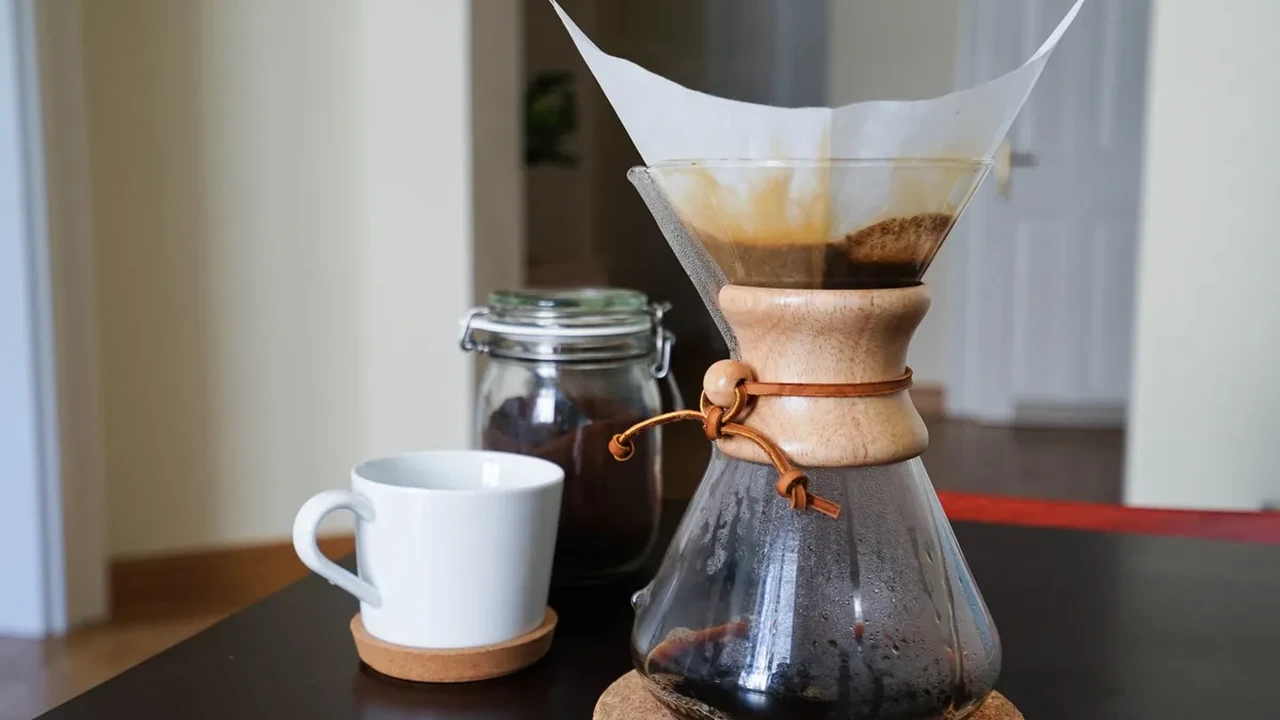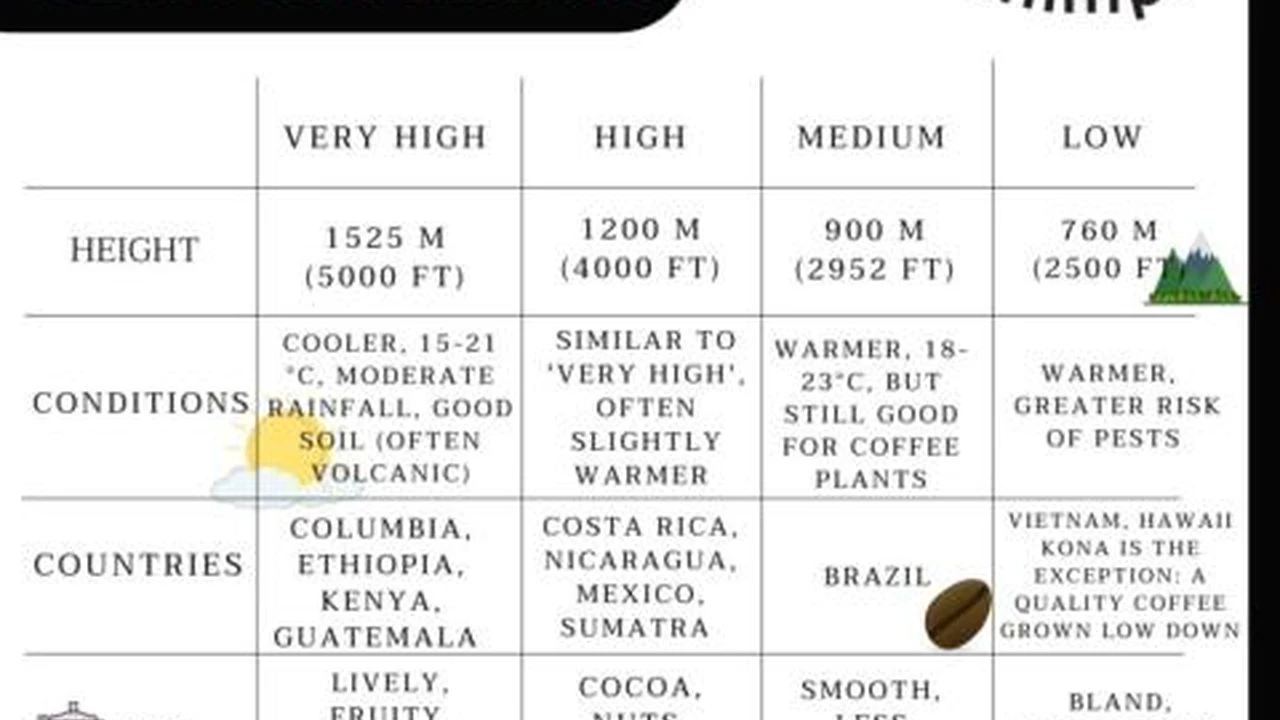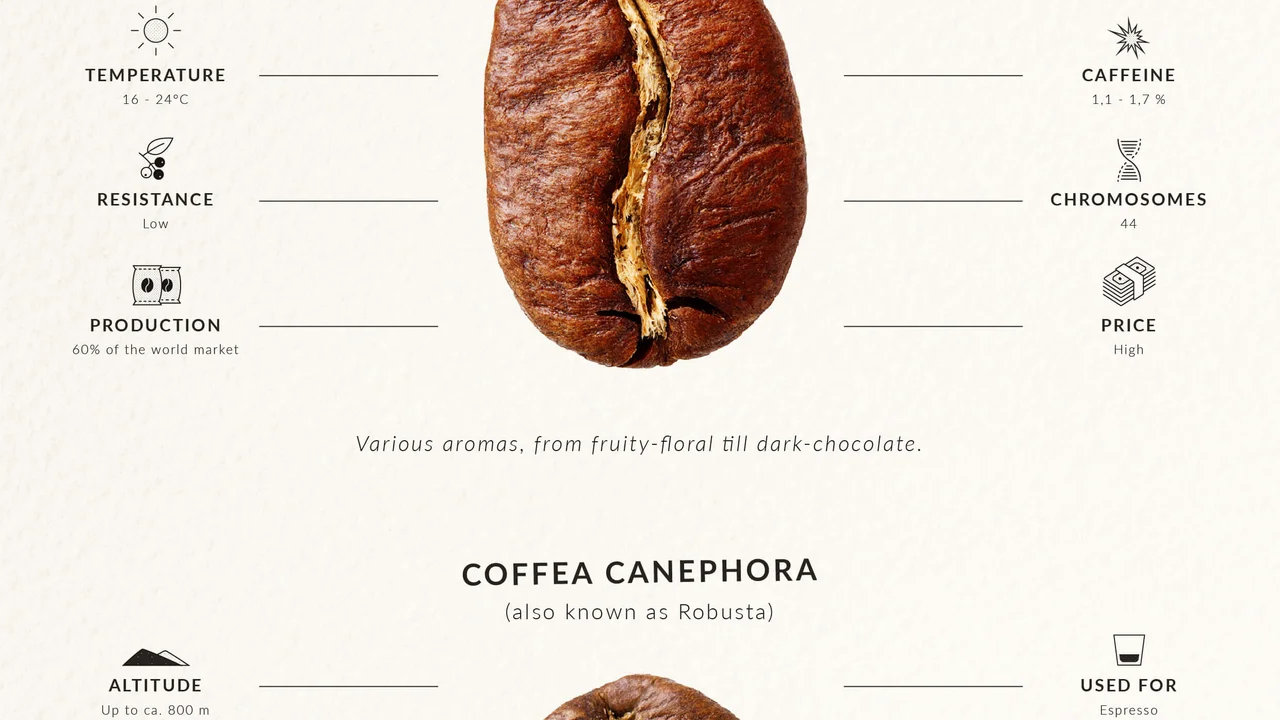Coffee Storage Containers: Keeping Your Beans Fresh
Coffee pod machines offer convenience, but how does the coffee quality compare? We weigh the pros and cons of pod machines, considering ease of use, cost, and environmental impact. Make an informed decision.

The Allure of Coffee Pod Machines: Unmatched Convenience
Let's face it, mornings are hectic. The snooze button is a constant temptation, and sometimes, the thought of grinding beans, measuring coffee, and cleaning up a messy filter is just… too much. This is where coffee pod machines swoop in as the ultimate champions of convenience. They promise a quick and easy coffee experience, delivering a consistent cup with minimal effort. Just pop in a pod, press a button, and boom – coffee is ready. No fuss, no mess, no complicated brewing techniques required. This simplicity is a huge draw for busy individuals, students, and anyone who values a streamlined coffee routine.
The Quality Question: Are Coffee Pods Compromising Flavor?
But here's the burning question: does all that convenience come at the expense of coffee quality? While coffee pod machines have made significant strides in recent years, it's crucial to acknowledge the differences between a freshly brewed cup from whole beans and a pod-based creation. The primary concern revolves around freshness. Whole beans, ground just before brewing, retain more of their volatile aromatic compounds, resulting in a richer, more complex flavor profile. Coffee pods, on the other hand, contain pre-ground coffee that may have been sitting for weeks or even months, leading to a gradual loss of flavor and aroma. The sealed pods do help preserve some freshness, but they simply can't compete with the immediacy of freshly ground beans.
Another factor to consider is the grind size. Different brewing methods require specific grind sizes to extract the optimal flavor from the coffee. Coffee pod machines typically use a universal grind size that may not be ideal for all coffee types, potentially leading to under-extraction (sour taste) or over-extraction (bitter taste). Finally, the quality of the coffee itself is paramount. Not all coffee pods are created equal. Some brands use high-quality, ethically sourced beans, while others opt for cheaper, lower-grade options. The quality of the beans directly impacts the final cup, regardless of the brewing method.
Environmental Impact: The Dark Side of Coffee Pods
Beyond convenience and quality, there's another important consideration: the environmental impact of coffee pods. The vast majority of coffee pods are made from plastic or aluminum, materials that take hundreds of years to decompose. The sheer volume of pods discarded each year contributes significantly to landfill waste. While some companies offer recycling programs, the reality is that most pods end up in the trash. This environmental burden has led to growing concerns about the sustainability of coffee pod machines.
However, there is hope on the horizon. Many companies are now developing biodegradable or compostable coffee pods, made from materials like plant-based fibers or coffee chaff (the skin of the coffee bean). These eco-friendly alternatives offer a more sustainable option for coffee pod lovers. Additionally, some companies are encouraging customers to recycle their aluminum pods through specialized programs.
Cost Analysis: Pods vs. Whole Bean Coffee
Let's break down the cost. While the initial investment in a coffee pod machine might seem relatively affordable, the recurring cost of purchasing coffee pods can quickly add up. On average, a single coffee pod costs between $0.50 and $1.00, depending on the brand and coffee type. When compared to whole bean coffee, which typically costs between $10 and $20 per pound, the price difference is significant. A pound of coffee beans can yield approximately 40-50 cups of coffee, making it a far more economical option in the long run. Over time, the cost of coffee pods can easily surpass the cost of a high-quality espresso machine and a supply of premium whole beans.
Coffee Pod Machine Recommendations: Balancing Convenience and Quality
So, you're still intrigued by the convenience of coffee pod machines but concerned about quality and environmental impact? Here are a few recommendations that strike a balance between these factors:
Nespresso Vertuo Next: The Premium Pod Experience
The Nespresso Vertuo Next is a popular choice for those seeking a premium pod experience. It utilizes a unique "centrifusion" technology that spins the pod at high speeds to extract more flavor and aroma. The Vertuo Next offers a wide range of coffee blends and sizes, from espresso to larger cups of coffee. While Nespresso pods are made from aluminum, the company has a robust recycling program.
Pros: High-quality coffee, variety of blends and sizes, recycling program.
Cons: Aluminum pods, higher pod cost.
Typical Price: $150 - $200
Keurig K-Supreme Plus SMART: Smart Features and MultiStream Technology
The Keurig K-Supreme Plus SMART offers a more customizable brewing experience. It features MultiStream Technology, which saturates the coffee grounds more evenly for improved extraction. The SMART version allows you to control the brewing process from your smartphone, adjusting the temperature, strength, and even setting brewing schedules. Keurig offers a vast selection of K-Cup pods, including many eco-friendly options.
Pros: Customizable brewing, wide selection of pods, SMART features.
Cons: Can be noisy, plastic pods (unless using refillable or eco-friendly options).
Typical Price: $180 - $250
Lavazza A Modo Mio Jolie: Italian Espresso at Your Fingertips
If you're primarily interested in espresso, the Lavazza A Modo Mio Jolie is a compact and stylish option. It's designed specifically for Lavazza A Modo Mio pods, which are known for their rich and intense flavor. The Jolie is incredibly easy to use, making it perfect for quick and convenient espresso shots.
Pros: Excellent espresso quality, compact design, easy to use.
Cons: Limited to Lavazza A Modo Mio pods, smaller water reservoir.
Typical Price: $80 - $120
Reusable Coffee Pods: The Eco-Friendly Solution
For those committed to minimizing their environmental impact, reusable coffee pods are the way to go. These pods are typically made from stainless steel or plastic and can be filled with your own ground coffee. They allow you to enjoy the convenience of a coffee pod machine while using your favorite freshly ground beans.
Pros: Eco-friendly, allows use of own coffee, cost-effective in the long run.
Cons: Requires more effort (grinding and filling), requires cleaning.
Typical Price: $10 - $30 per pod (depending on material and brand)
Comparing Coffee Pod Machines: Key Factors to Consider
When choosing a coffee pod machine, consider these key factors:
* Coffee Quality: Look for machines that utilize advanced brewing technologies or offer a wide selection of high-quality pods. * Convenience: Assess the ease of use, cleaning requirements, and pod availability. * Environmental Impact: Opt for machines that offer recycling programs or support the use of biodegradable/compostable pods. Consider reusable pods as the most eco-friendly option. * Cost: Factor in the initial cost of the machine and the ongoing cost of coffee pods. * Features: Evaluate features like programmable brewing, temperature control, and smart connectivity. * Coffee Preference: Do you prefer espresso, drip coffee, or a variety of both? Choose a machine that caters to your taste.Making the Right Choice: Convenience and Quality Can Coexist
Ultimately, the best coffee pod machine for you depends on your individual needs and priorities. While convenience is a major draw, it's important to consider the trade-offs in terms of coffee quality, environmental impact, and cost. By carefully evaluating these factors and exploring the available options, you can find a coffee pod machine that delivers a satisfying cup of coffee without compromising your values.
:max_bytes(150000):strip_icc()/277019-baked-pork-chops-with-cream-of-mushroom-soup-DDMFS-beauty-4x3-BG-7505-5762b731cf30447d9cbbbbbf387beafa.jpg)






